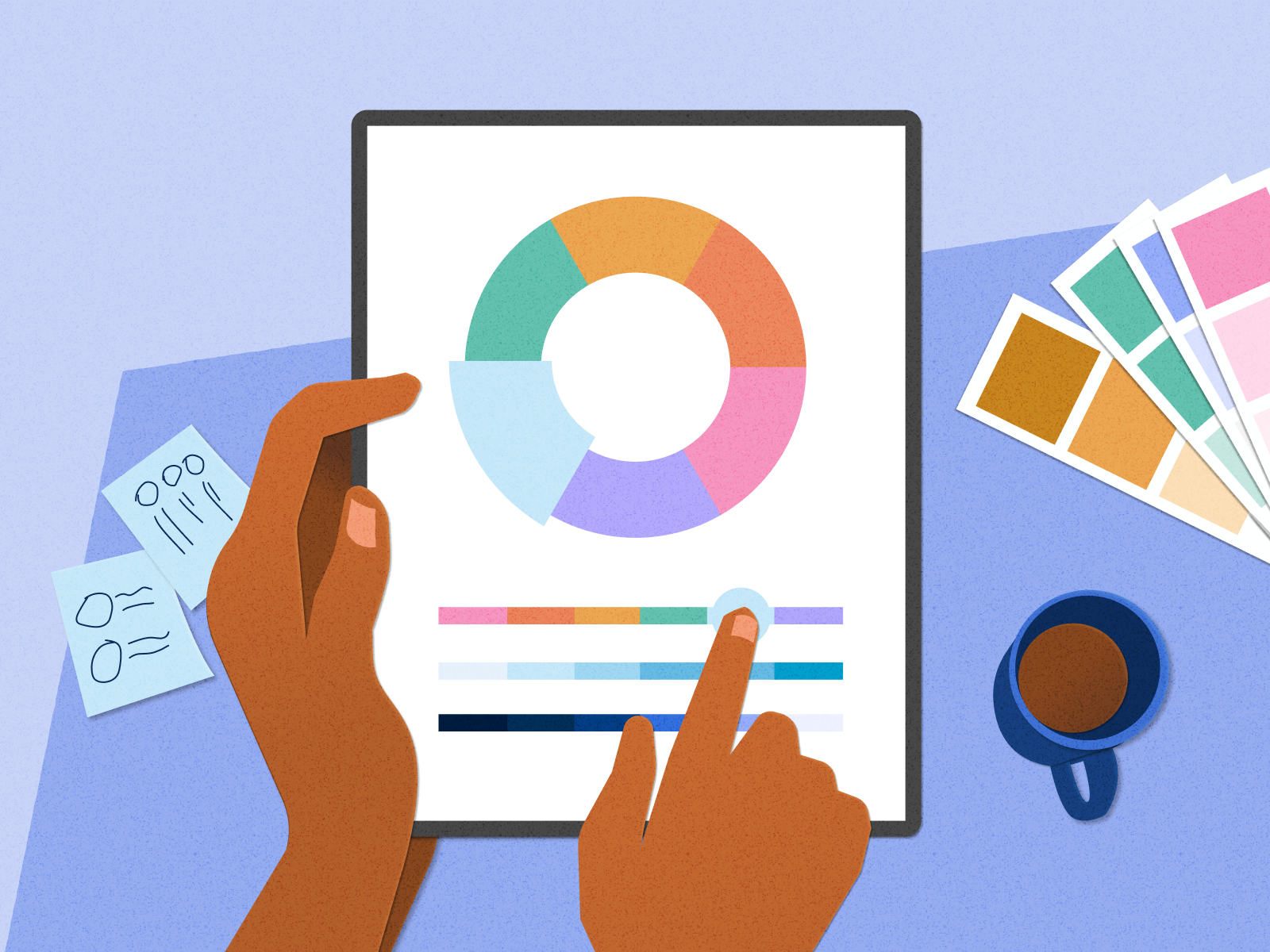Customized Aligned Position Web Design: Unique Web Designs That Reflect Your Brand’s Identity
Customized Aligned Position Web Design: Unique Web Designs That Reflect Your Brand’s Identity
Blog Article
The Ideal Types of Website Design to Improve Customer Experience and Engagement
In the ever-evolving landscape of digital interaction, the efficiency of Web design substantially impacts user experience and involvement. Various style methods, such as minimalist, responsive, and interactive layouts, each offer unique advantages that can cater to varied user requirements.
Minimal Website Design
As electronic landscapes become progressively messy, minimalist website design has become an effective technique to enhancing customer experience. This style ideology focuses on simpleness, concentrating on vital aspects while eliminating unnecessary disturbances. By making use of ample white space, straightforward navigating, and a restricted color scheme, minimalist design promotes quality and directs customer focus to vital content.
The core principle of minimalist Web design is to develop a seamless interaction for users. By decreasing cognitive tons, customers can swiftly comprehend information without feeling overwhelmed. This straight approach not only enhances usability yet likewise urges interaction, as site visitors are more probable to explore a website that is aesthetically attractive and very easy to navigate.
Furthermore, minimalist design often emphasizes typography and images, using these aspects strategically to share messages efficiently. This concentrate on vital elements can enhance brand name identity and produce a remarkable customer experience. Basically, minimalist Web design is not just a pattern; it is a thoughtful methodology that acknowledges the value of user-centered layout. By removing supplementary components, developers can create an extra engaging, effective, and pleasurable Web experience for all users.
Responsive Web Style
In today's varied electronic setting, receptive website design has actually become vital for producing a smooth customer experience across a multitude of gadgets. As individuals gain access to websites on smart devices, laptops, tablet computers, and desktops, the capability of a site to adapt its format and web content to various display sizes and resolutions is important.
Responsive website design uses adaptable grids, pictures, and CSS media inquiries to guarantee that Web material is provided optimally, no matter the gadget used. This technique not only boosts the visual appeal of a site but additionally dramatically enhances use. Customers are most likely to engage with a website that provides a regular experience, as it removes the stress of needing to zoom in or scroll exceedingly.
By taking on receptive style, organizations can enhance their presence and reach a more comprehensive audience. In summary, receptive Web layout is a fundamental method that boosts user experience, involvement, and general contentment.
Interactive Web Style
Receptive website design prepares for improving customer experience, but interactive Web style takes this an action even more by involving users in a more dynamic method - Aligned Position Web Design. By incorporating components such as animations, clickable prototypes, and real-time comments, interactive Web layout astounds individuals, attracting them right into a richer browsing experience
This method not only promotes involvement but also motivates individuals to check out material proactively as opposed to passively eating it. Techniques such as gamification, where users earn rewards for completing tasks, can significantly boost the time spent discover this on a site and enhance general satisfaction. Furthermore, interactive attributes can streamline complex information, making it a lot more enjoyable and absorbable.

Integrating interactive layout elements can likewise bring about higher conversion prices, as customers are much more most likely to involve with a site that proactively involves them. Aligned Position Web Design. Eventually, interactive Web layout changes user experiences right into memorable journeys, making sure that site visitors return time and again
Flat Style
Identified by its minimalistic approach, flat design highlights simplicity and useful site functionality, removing unnecessary elements and concentrating on necessary functions. This layout approach focuses on functionality, making certain that customers can browse interfaces effortlessly and effectiveness. By utilizing a clean aesthetic, level layout eliminates the clutter frequently found in more ornate designs, consequently improving individual concentrate on content and functionality.
The hallmark of level style hinges on its use of vibrant colors, simple typography, and geometric forms. These components add to a visually attractive interface that is both modern-day and friendly. In addition, level style fosters a sense of clarity, permitting individuals to recognize necessary activities and details without disturbance.
Additionally, flat design is especially effective in responsive Web layout, as its simpleness converts well throughout numerous tools and display dimensions. By focusing on important features, flat layout not just meets individual needs however likewise motivates seamless interaction, making it an important component of effective Web design strategies.
Flexible Website Design
Flexible website design customizes the customer experience by developing several taken care of designs tailored to various screen dimensions and devices. Unlike receptive style, which fluidly adjusts a solitary design, adaptive design employs distinct formats for certain breakpoints, guaranteeing optimum presentation on numerous platforms. This method allows designers to concentrate on the distinct qualities of each gadget, improving use by delivering exactly what individuals need based on their context.
One of the primary benefits of flexible website design is its capability to optimize lots times and efficiency. By offering customized material and pictures that fit the user's tool, web sites can reduce information usage and improve loading rates. This is particularly useful for customers with slower links or limited data plans.

Furthermore, adaptive layout facilitates a much more regulated and regular branding experience. Since designers create several formats, they can ensure that the visual components align with the brand's identification throughout various systems - Aligned Position Web Design. This causes a cohesive user experience, improving involvement and promoting individual retention
Final Thought
In verdict, the assimilation of minimal, responsive, and interactive Web style concepts significantly improves individual experience and interaction. Minimalist design promotes clearness and emphasis, while responsive design guarantees adaptability across various gadgets, promoting access. Interactive design mesmerizes individuals through vibrant components, urging expedition and personalization. Collectively, these layout comes close to add to the production of straightforward environments that not just improve complete satisfaction yet additionally drive greater conversion prices, emphasizing their essential importance in contemporary website design approaches.

Minimalist style promotes clarity and emphasis, while receptive layout makes certain adaptability across various tools, advertising access. Collectively, these design approaches contribute to the production of user-friendly environments that not only enhance fulfillment yet additionally drive greater conversion prices, underscoring their vital value in modern Web design methods.
Report this page